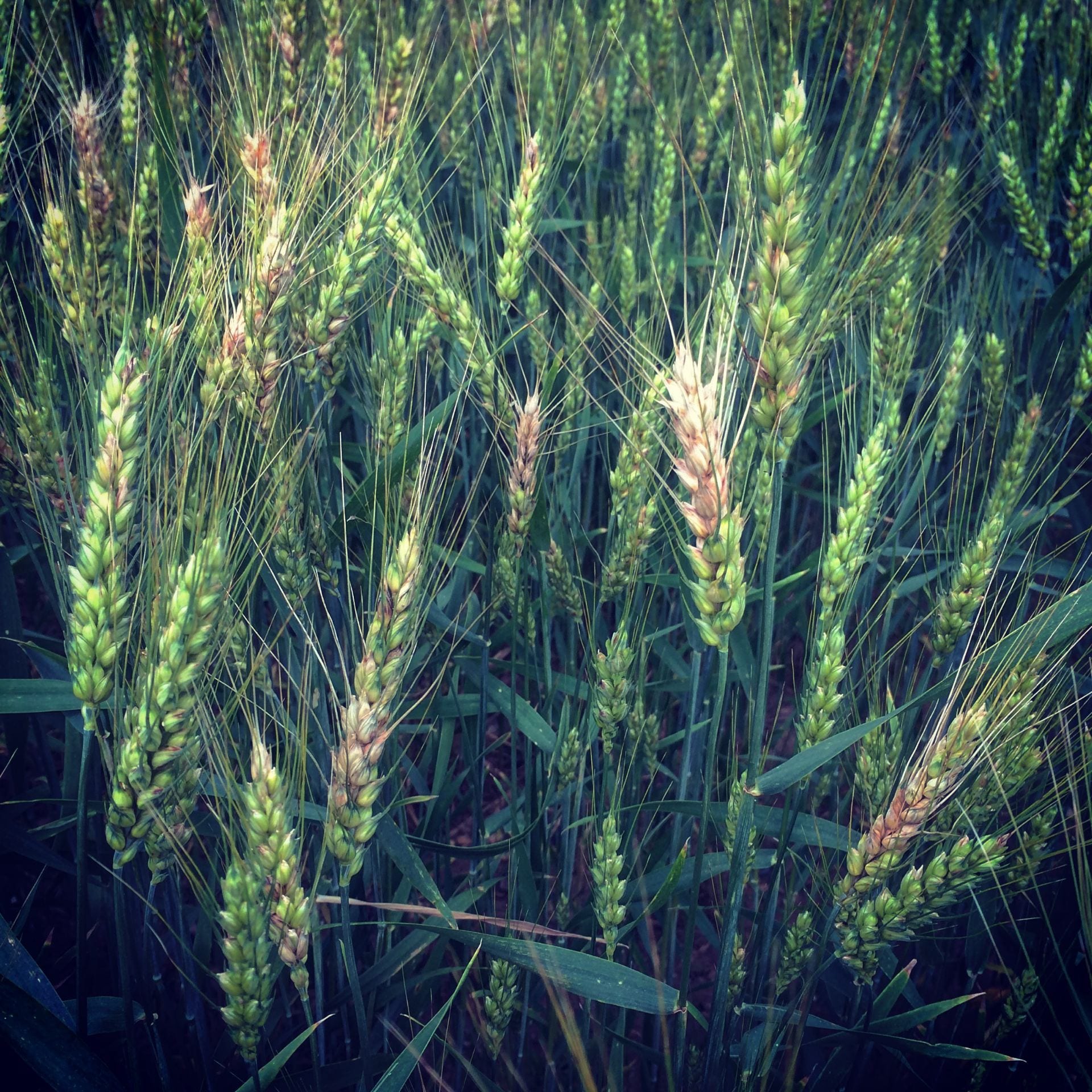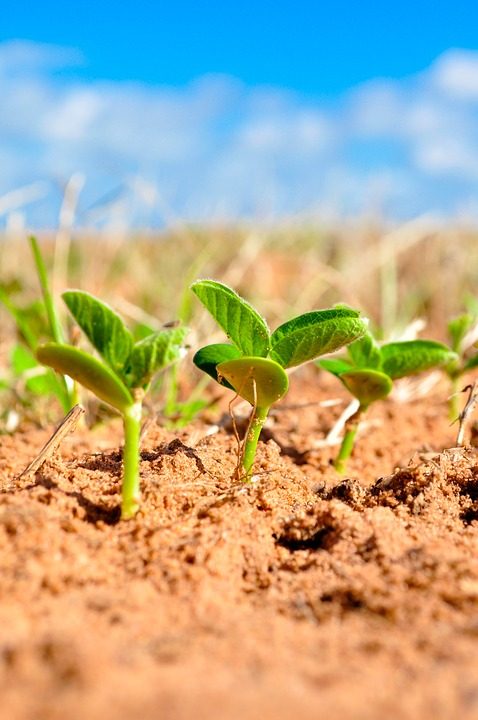Along with making corn and soybean planting a challenge, spring rains can make for a challenging forage harvest as well. The faster we can get our hay or baleage dry enough to bale or wrap, the more we can reduce the risk of rain damage and retain a higher quality end product. Follow these guidelines to help optimize drying time during forage harvest this spring.
The Forage Drying Process
Let’s think for a moment about the basic principles behind forage drying. When forage is cut, it is typically around 75 to 85% moisture, but it must be dried down to 40 to 60% moisture for baleage or 14 to 18% moisture for dry hay. During this wilting and drying process, plants continue the natural process of respiration, breaking down stored sugars to create energy and carbon dioxide. The longer it takes the forage to dry, the longer the forage continues to respire in the field. Data suggests that 2 to 8% of the dry matter may be lost due to respiration, resulting in energy losses and an overall reduction in forage quality. This means that a faster drying time will not only get the forage off the field faster but will also lower the amount of dry matter and nutrients lost through respiration.
The drying process happens in several distinct phases; knowing and understanding these phases can help us manage our forage in a way that will maximize drying rates and ensure nutrient retention within the harvested forage.
Phase One: Moisture Loss via Stomatal Openings
The first phase in the drying process is moisture loss from the leaves. This happens through the stomata, which are the openings in the leaf surface that allow for moisture and gas exchange between the leaf and the atmosphere. These stomata are naturally open in daylight and closed in darkness. After a plant is cut, respiration through these stomatal openings continues but gradually declines until the moisture content has fallen below 60%. Rapid drying in this initial phase to lose the first 15 to 20% moisture will reduce loss of starch and sugar and preserve more dry matter and total digestible nutrients in the harvested forage.
Solar radiation is the biggest driver for maximizing drying during this initial phase. This can be accomplished by using a wide swath (at least 60% of the cut area), which will reduce the density of the forage swath and maximize the amount of forage exposed to sunlight. A wider swath will increase the swath temperature, reduce the swath humidity, and keep the stomata open to allow for moisture loss, encouraging rapid and more even drying immediately after cutting. In contrast, narrow swaths will have higher humidity and less drying, allowing respiration to continue and leading to further dry matter and nutrient losses. Wide swaths also help keep the crop off of wet soil more than narrow swaths, since narrow swaths are heavier and tend to settle through the stubble and make contact with the ground.
Research has shown that a wide swath immediately after cutting is the single most important factor in maximizing the initial drying rate and preserving digestible dry matter. To reduce soil moisture, some will cut their hay in a narrow swath and allow the ground to dry before spreading the crop out. However, research indicates that valuable drying time is lost while allowing the ground to dry, so this practice is not recommended. A full width swath will increase the drying surface of the swath by 2.8 times, and moisture reductions from 85 to 60% can be reached in as little as 5 to 7 hours. Baleage from wide swaths has been shown to have lower respiration losses during drying, greater total digestible nutrients, and more lactic and acetic acid, improving forage quality and fermentation.
During this phase, a wide swath is more important than conditioning, as most of the respiration takes place in the leaves. While conditioning is important for drying stems, it has less impact on drying leaves and therefore will have little effect on this initial moisture loss. This means that for baleage, a wide swath may be more important than conditioning.
Phase Two: Stem Moisture Loss
The second phase in the drying process includes moisture loss from the stems in addition to the leaves. Once moisture levels have dropped to the point where plant respiration ceases, the closing of the stomata traps the remaining moisture, slowing further drying. Loss of moisture from the stems is a much slower process because stems have a lower surface to volume ratio, fewer stomata, and a semi-impervious waxy cuticle that minimizes water loss. At this stage, conditioning can help increase the drying rate because it provides openings within the plant’s structure, breaking the waxy cuticle, providing an exit path for moisture, and allowing drying to continue at a faster rate. For maximum effectiveness, be sure the conditioner is adjusted properly. Forage is considered properly conditioned if the stems of legumes are scraped or broken every 2 to 4 inches and less than 5% of the leaves are bruised. In general, roller conditioners are best suited for alfalfa or alfalfa/grass mixtures, while flail conditioners work best for grasses.
Additional Factors
In addition to swath width and conditioning, several other strategies can be used to improve drying time. Be sure to mow forages at the proper height, leaving 2 to 3 inches of residual for alfalfa and 4 inches for cool-season grasses. Not only will this result in improved stand persistence, quicker regrowth, and sooner subsequent cuttings, but the stubble will help to elevate the swath, breaking contact from the ground, reducing moisture wicking from the soil, and promoting better air flow for drying.
If possible, mow earlier in the day, preferably around mid- to late-morning after the dew has dried off. Although it is true that cutting later in the day can result in greater concentrations of sugars and starches in the forage at the time of cutting, increased respiratory losses overnight and a longer total drying time may offset this potential benefit with afternoon cuttings. Research in high-moisture environments has not found any forage quality advantage with afternoon cutting. Instead, mowing earlier in the day will allow for a full day of drying right away, maximizing exposure to sunlight and resulting in a faster drop in moisture and reduced respiration.
And finally, be sure to rake or merge forage at the right time and adjust your rake properly. Raking the forage while it is still pliable helps to reduce leaf loss and maintain forage quality; legumes like alfalfa and clover should be raked when the forage is above 40% moisture, and grasses should be raked above 25% moisture. Rakes should be adjusted to minimize soil contact, as soil incorporation into the windrow leads to increased ash contamination. Research has found that for every 1% increase in ash content, there is a 1% decrease in total digestible nutrients.
In conclusion, mowing at the proper height, using an appropriate and correctly adjusted conditioner, raking at the right time with a properly adjusted rake, and utilizing wide swaths to take advantage of sunlight are key to both faster drying and preserving digestible dry matter. Remember, a wide swath enhances leaf drying while conditioning expedites stem drying; both are needed to make high quality hay.










